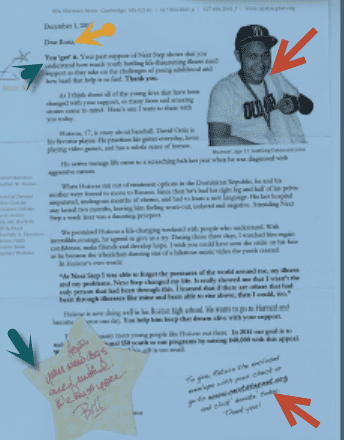My beloved brother Ron Fischman died in October 2014. Our family asked that donations in Ron’s memory go to an organization he had supported. We gave out the organization’s website and its mailing address. But only the online donations went through.
The mailing address we found on the website was wrong.
Now before you wonder “How could a large nonprofit organization make such a stupid mistake?”, let me explain. The group’s correct address did appear on its website. It was on the Contact Us page.
But when you go to the Donate page (as we did) and look for the mailing address, you find a donation form to print out and mail in. That form hadn’t been changed since 2011–but the organization’s address had!
I don’t recommend asking your donors to print out a donation form. Hardly any of them ever do, and asking them to do it may actually discourage some people from giving. But if you aren’t going to use the form any more, make sure you take it off your website.
And no matter what, make sure your address is correct on every page where it appears.
